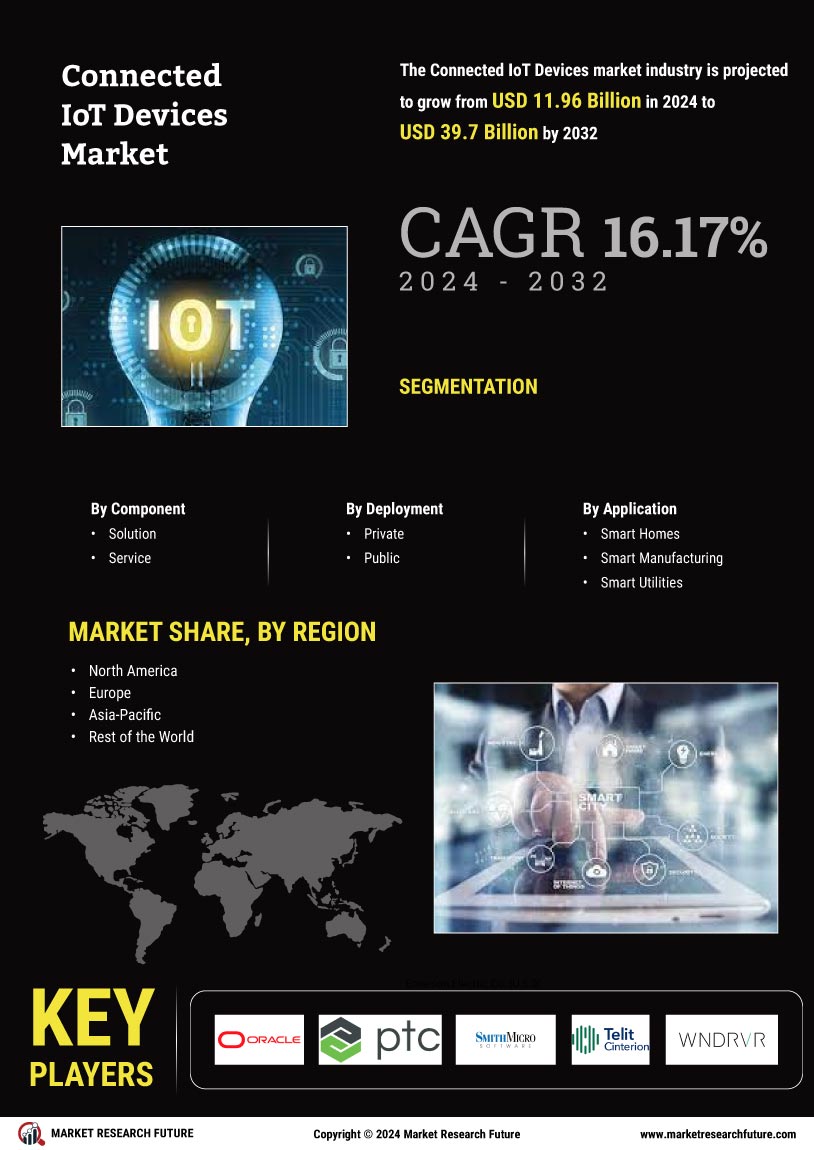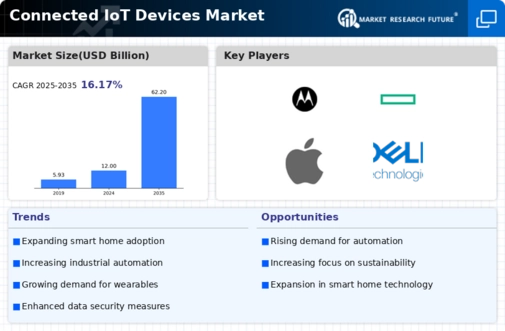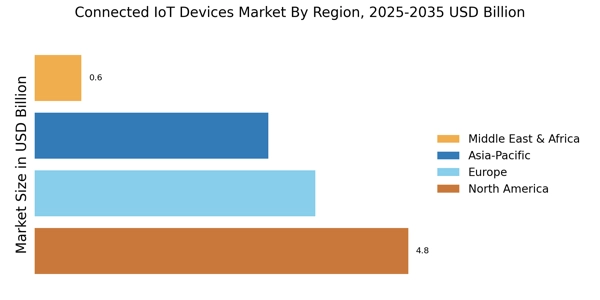April 2024: An industry expert in identity management, fraud prevention, and connected asset services, Somos, Inc., is happy to disclose its collaboration with NetRise, a premier supplier of IoT Software Bill of Materials security analysis. The partnership implies a substantial achievement for SomosID, the company's flagship IoT device registry, as it spearheads efforts to advance transparency and improved security in the IoT device realm. NetRise offers granular visibility into the world's Extended Internet of Things (XIoT) security problem — comprising the modern firmware and software component security challenges of IT, IoT, OT, and other connected cyber-physical systems.
The SomosID solution offers enterprises a thorough view of their deployed IoT assets, comprising all the device, application identity, and network attributes, as well as verification of certification of those devices. Somos also maintains comprehensive hardware and software bill of materials information to offer customers a current state of all of their assets. The capability effortlessly incorporates NetRise's IoT device software analysis, including software bills of materials and vulnerability monitoring. It provides a thorough, constant view of an enterprise's IoT security posture and risks across all of its assets.
SVP & Chief Technology Officer at Somos, Sri Ramachandran, said that Somos is happy to be able to use NetRise's best-in-class firmware analysis capabilities to fulfill the striking rise in cyber-attacks on IoT devices and the latest compliance requirements posed by the global IoT cybersecurity regulations, including the regulations by the Federal Drug Administration (FDA), the Cyber Resilience Act in Europe and Federal Communications Commission (FCC) in the U.S.
June 2023: The Vietnamese IoT market is projected to acquire worth nearly USD 8.5 billion. To attain that target, the nation should apply IoT to measurement devices and means of transport, as per the experts. One report discovered that there are nearly 13 billion IoT devices across the globe, and the compound annual growth rate (CAGR) is 19 percent per annum. Among all these, 2.7 billion IoT connection devices use SIM with a CAGR of around 12 percent. The majority of the world's IoT device market belongs to China.
The nation owns more than 10 billion IoT connections, among which 1.84 billion devices use SIM. According to the research, in Vietnam, the IoT market was worth nearly USD 2.5 billion in 2021 and grew by 22.6 percent per year.
June 2022: OEMs and skid makers may now remotely evaluate the health and condition of their installed base thanks to Connected OEM, a Honeywell Internet of Things (IoT) service. This technology allows for remote monitoring of compressors, furnaces, pumping stations, analyzer houses, and skids at end-user locations.
April 2022: Samsung established a partnership with IoT service provider ABB in order to increase support for home and commercial devices on SmartThings, the company's smart device hub. By collaborating with other companies, Samsung's SmartThings is evolving into a one-stop shop for controlling connected devices.

















Leave a Comment